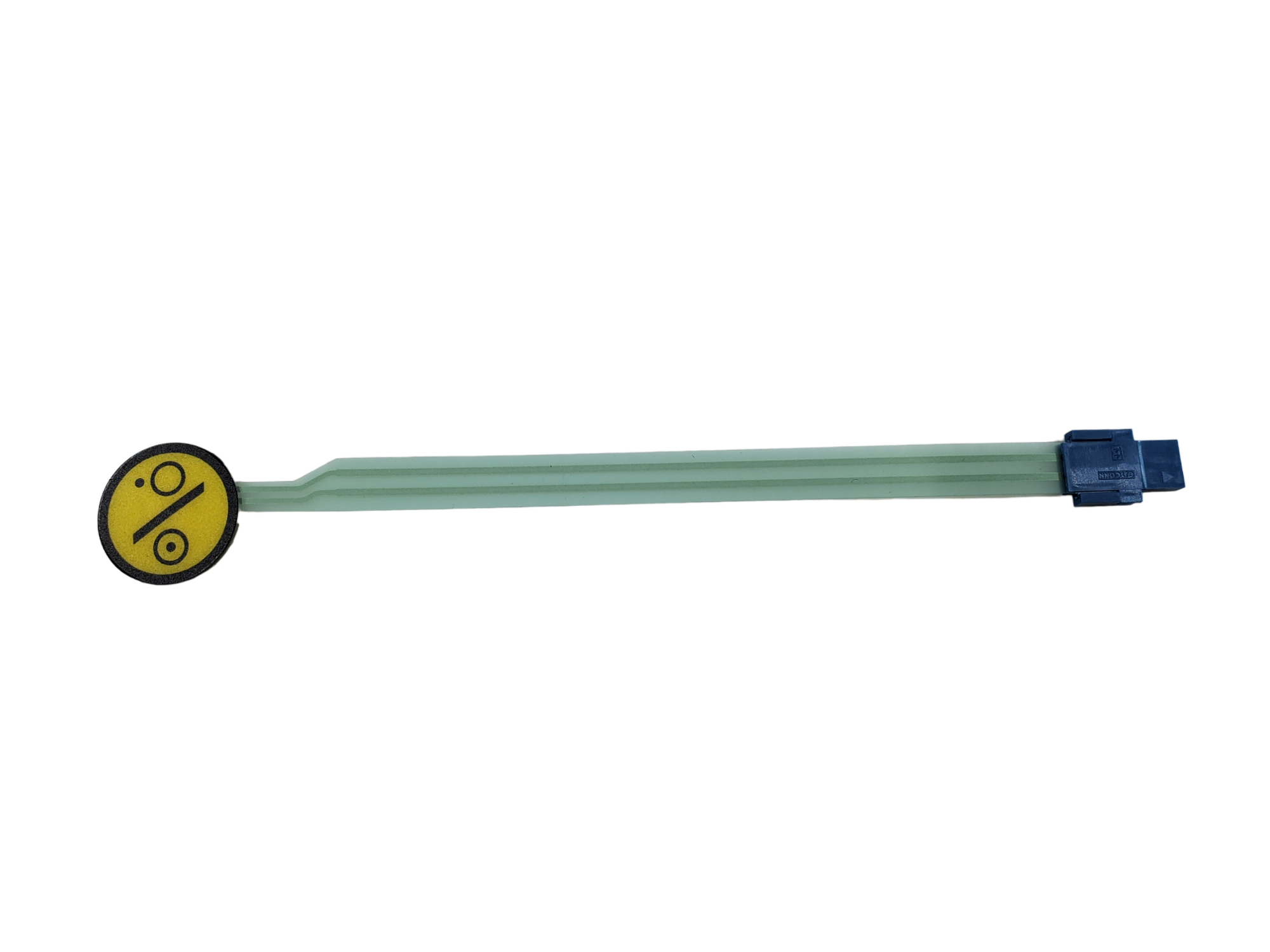Explore the Benefits of Using a Membrane Switch in Modern Devices
Wiki Article
Recognizing Membrane Layer Switches: The Key to Sturdy and Reliable Controls

What Are Membrane Switches?
Membrane switches are a sophisticated option in the world of user interface technology, integrating capability and layout perfectly. These tools serve as a user interface in between customers and electronic systems, integrating numerous parts right into a small style. Generally constructed from adaptable, thin layers of materials, membrane buttons are made to respond to touch, making it possible for individuals to engage with equipment and digital devices properly.The key elements of a membrane layer switch include a published circuit layer, visuals overlay, and a spacer layer that protects against unexpected activation. The graphic overlay can be tailored to mirror brand identification or user choices, boosting aesthetic appeals while making certain use. Membrane buttons are commonly utilized in various applications, including clinical tools, customer electronic devices, and industrial tools, owing to their durability and resistance to ecological variables such as dampness and dirt.
One of the key advantages of membrane buttons is their capability to endure damage, making them excellent for high-traffic environments. Additionally, they are light-weight and require marginal space, enabling cutting-edge layouts in item development. Generally, membrane layer changes represent a functional and effective choice for modern digital interfaces, marrying technology with user-centric style principles.
Just How Membrane Layer Changes Job
The operation of membrane switches depend upon a basic yet efficient device that converts user input into electronic signals. These buttons include numerous layers, typically including a graphic overlay, a spacer layer, and a circuit layer. When a user presses the switch, the top layer deforms, allowing a conductive component in the circuit layer to make call with a corresponding conductive pad on the underside of the visuals overlay. This call shuts the circuit and sends out a digital signal to the gadget, indicating that the button has actually been triggered.The layout of membrane switches can vary, yet they frequently incorporate domes or tactile components to give responses to the individual, boosting the overall experience - membrane switch. The products utilized in membrane layer switches, such as polyester or polycarbonate, contribute to their resilience and resistance to ecological aspects, consisting of dampness and dust. Furthermore, the published circuits are normally enveloped, which secures them from wear and tear in time.
Benefits of Membrane Layer Switches

Furthermore, membrane layer switches are understood for their longevity. Built from durable products, they are resistant to dirt, wetness, and physical wear, which dramatically expands their life-span contrasted to traditional mechanical switches. This sturdiness makes them especially appropriate for high-traffic atmospheres and applications needing durability.
One more considerable benefit is the ease of cleaning and maintenance. The smooth surface area of membrane layer switches over decreases dirt build-up and is commonly invulnerable to spills, making them suitable for setups that need frequent sanitization.
Furthermore, membrane buttons supply a structured Discover More Here profile, resulting in a thinner design that can be integrated right into different gadgets without adding mass. This attribute not only enhances the aesthetic allure however also adds to an extra ergonomic item style.
Applications of Membrane Buttons
User-friendly and functional, membrane layer switches find applications throughout a vast array of markets, including clinical gadgets, consumer electronics, and commercial tools. In the clinical field, these switches are integral to tools such as analysis devices, client monitoring systems, and mixture pumps, where reliability and convenience of cleansing are crucial. Their ability to hold up against severe environments and keep capability makes them perfect for such applications.
In consumer electronic devices, membrane layer switches are made use of in products like microwaves, washing equipments, and remote controls - membrane switch. Their smooth layout allows for user-friendly interface, enhancing the total user experience while giving resilience and resistance to deterioration
Industrial equipment also gains from membrane layer switches, especially in control panels for equipment and automation systems. These buttons offer security versus dirt and moisture, guaranteeing constant efficiency in tough environments. Their customizable features allow manufacturers to tailor them to particular operational requirements, improving effectiveness and performance.
Selecting the Right Membrane Layer Change
When picking a membrane layer switch, it is important to take into consideration different aspects that influence performance and suitability for specific applications. The primary factors to consider consist of ecological conditions, tactile feedback, resilience, and design specifications.
First, assess the operating setting; buttons subjected to wetness, chemicals, or extreme temperature levels call for certain materials to ensure long life and capability. Next off, examine the requirement for tactile responses. Relying on individual interaction, some applications may profit from a responsive reaction to confirm activation, while others may favor a non-tactile layout for visual reasons.
Resilience is another crucial factor; membrane layer buttons must be created to endure frequent usage, effects, and abrasion. Ensure the selected switch can sustain the anticipated lifecycle, especially in high-usage circumstances.

Conclusion
Finally, membrane layer switches over function as vital components in the design of trustworthy and long lasting control systems across various markets. Their portable style, combined with robust building and construction and adjustable features, improves individual interaction while ensuring long life in demanding settings. The adaptability of membrane changes enables customized solutions that fulfill particular functional needs, enhancing their importance in modern-day technology. As markets remain to progress, the importance of integrating reliable membrane button solutions can not be overstated. click to read
Membrane switches over stand for a crucial element of modern-day user interface design, blending performance with strength in numerous applications.Membrane switches are an innovative service in the realm of individual interface modern technology, incorporating capability and design perfectly. Normally created from adaptable, slim layers of products, membrane layer buttons are made to react to touch, making it possible for customers to interact with equipment and digital tools properly.
The layout of membrane layer buttons can vary, however they commonly include domes or responsive aspects to supply comments to the individual, improving the overall experience.In conclusion, membrane switches Check Out Your URL offer as necessary elements in the style of reputable and resilient control systems across numerous markets.
Report this wiki page